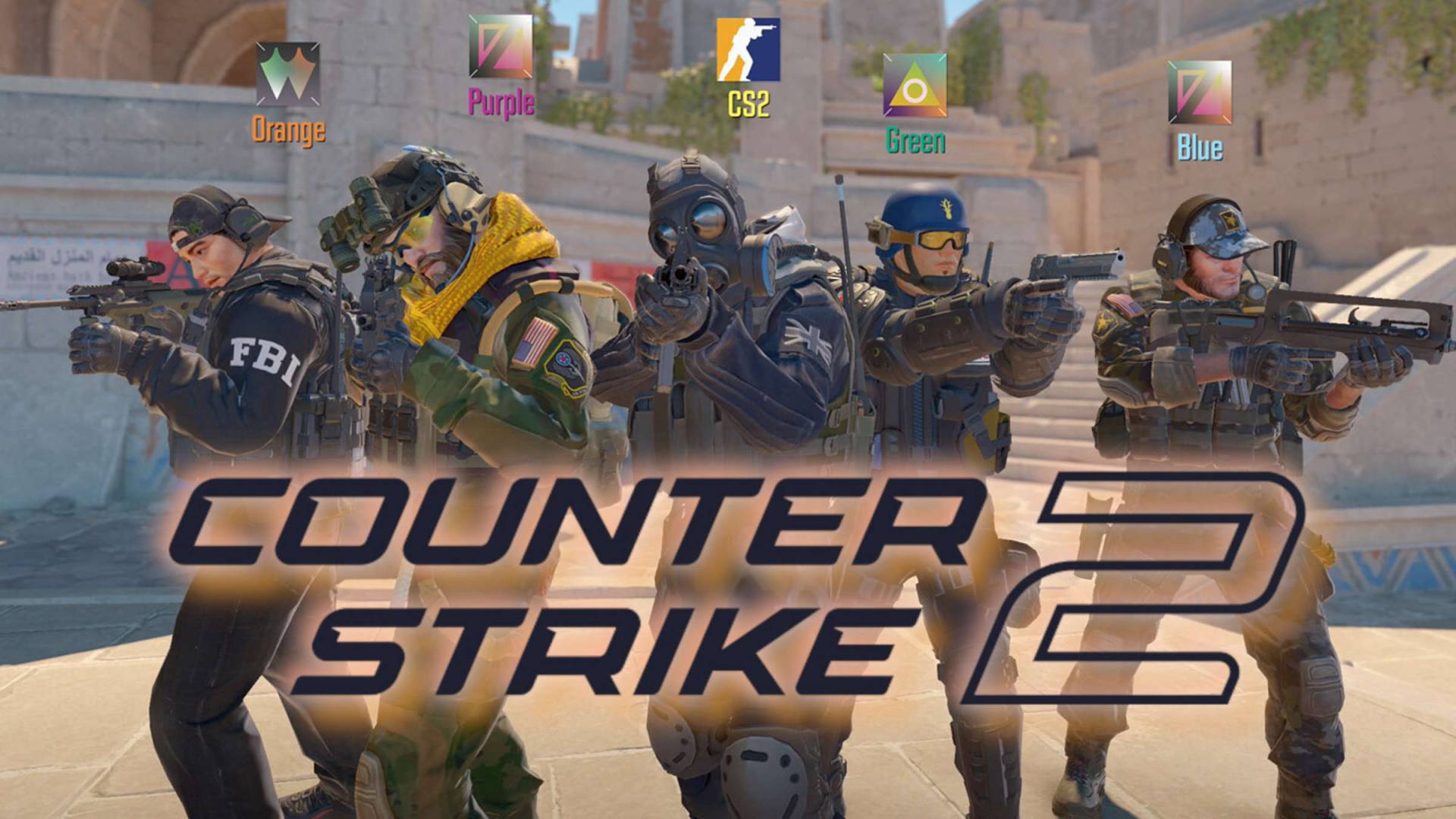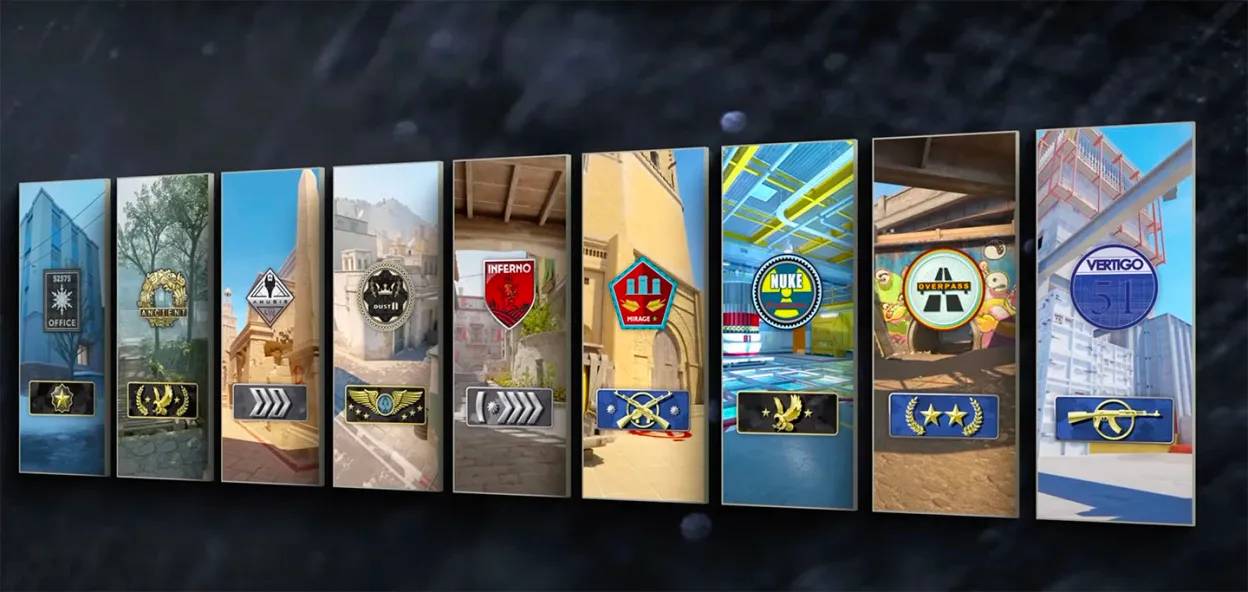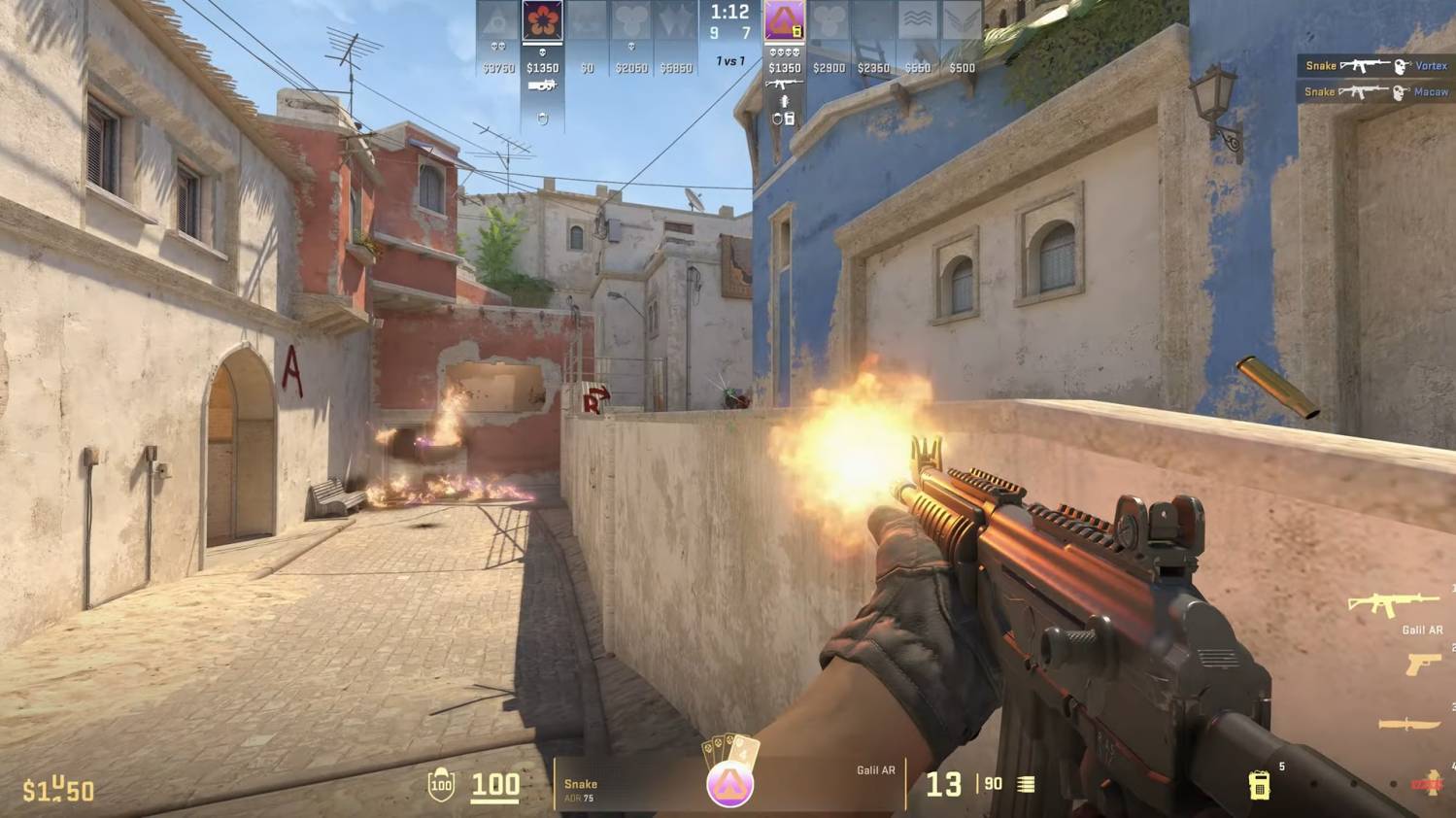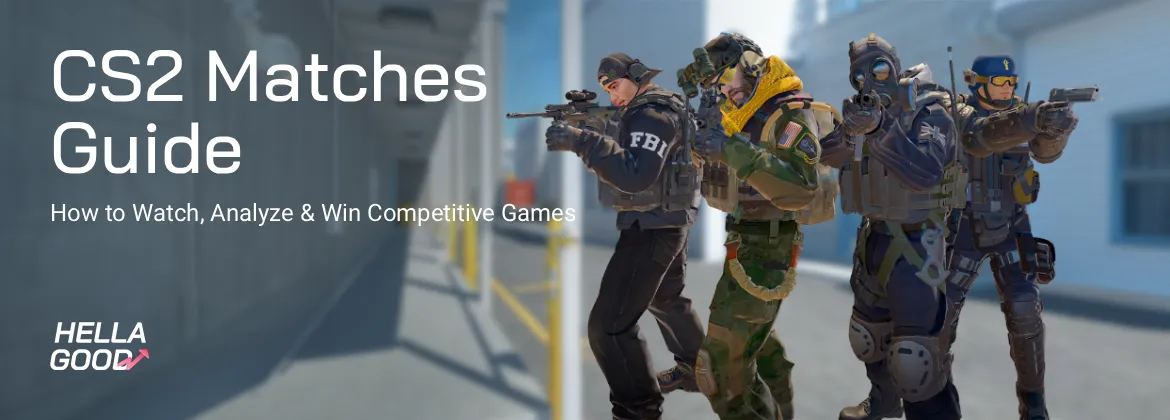As of 2025, Counter-Strike 2 (CS2) is one of the most popular and competitive esports games worldwide. Whether you’re a player, a fan, or someone who wants to make precise predictions, knowing how games go provides you with a significant advantage.
In addition to discussing team composition and roles, current form and momentum, map pools and strategy, head-to-head history, tournament context and motivation, player performance metrics, the 2025 meta and patch updates, psychological and external factors, and analytical tools, this guide will examine how to watch, analyze, and win competitive games.
Study Team Composition and Roles
The five players and how they work together are just as important in competitive CS2 as individual competence.
Why lineup stability matters
A steady roster allows players to develop connections, understand one another’s tendencies, and trust one another when executing strategy. On the other hand, regular adjustments throw off the rhythm: timings must be synchronized, the support players must read the lurkers and entrance fraggers, and the IGL (in-game leader) must have faith in the AWPer’s setup.
Because the extra half-second of communication or trust might mean the difference between winning and losing, teams with a stable roster tend to convert closer rounds.
Key players and their impact
In CS2, you’ll typically find roles such as:
- IGL (In-Game Leader): Calls strategies, makes mid-round adjustments, and orchestrates the team.
- AWPer: The primary sniper, often responsible for opening duels, anchoring key positions.
- Support: Plays utility heavy, enables fraggers, buys smoke-mollys, watches backs.
- Entry Fragger: First into the site, wins opening kills, sets pace.
- Lurker: Plays off-angles, flanks, exploits chaos and rotations.
Where to check reliable data
To track roster changes, roles, and line-ups, you can rely on:
- HLTV.org: Comprehensive team rosters, player stats, and match history.
- Liquipedia: Detailed esports wiki with team histories, roster changes, and event formats.
- ESL World Ranking: Gives you a reference on how teams are globally ranked and helps you spot upward/downward trends.

Evaluate Current Form and Momentum
A team’s performance in recent games tells you a lot more about them than it did six months ago.
Because the form is changing, if the lineup or the meta changes, what was important three months ago may not matter now. You can spot trends by concentrating on the previous five to ten games: Are they converting rounds from pistols? Are they having trouble on the CT side? Which opponents did they win or lose against?
The opponents’ strength and the setting (LAN vs. Internet). Despite winning a series of online games, a team may perform poorly when pressured to perform live.
Break Down the Map Pool
It’s crucial to comprehend map strategy since the right map choice and preparation can tip the scales before a shot is fired.
Understand map preferences
There are maps where each team excels, and maps they steer clear of. Over the past three months, you should look at the victory rate by map. For example, Team B may have a 75%-win rate on Mirage but just 40% on Nuke. Identifying these trends enables you to forecast picks, bans, and potential upsets.
Best-of-One vs Best-of-Three formats
In a Best-of-One, risk is higher: one mistake, one bad map veto, one bad start can lose you the match.
Tools for map analytics
For map-specific stats and analytics, you can use:
- HLTV map stats: Win rates, team profiles by map
- CS2 Tracker: Detailed match data and map-specific performance
- Stratz: Advanced analytics, including map-side stats, player impact by map.

Check Head-to-Head History
Previous meetings between teams have an effect on psychological comfort, game-plan familiarity, and confidence. Team D might go in under additional pressure if Team C has defeated them five times in a row. However, if lineups changed dramatically, previous results become irrelevant.
Additionally, LAN and Internet histories are different. A team can win online but lose in real life. The environment should always be noted for head-to-head statistics.
Understand Tournament Context and Motivation
A team’s level of effort is influenced by the tournament’s stage and the stakes. A Grand Final or an elimination match is not the same as a group-stage encounter without any pressure to advance. Reputation, Major qualifying, and the prize pool are important.
When the stakes are high, you’ll be more motivated and have a greater understanding of your opponent. A top team that is already qualified, however, might not be as urgent.
Analyze Player Performance Metrics
There is more to player statistics than just ‘he killed 25 players in the match.
What stats matter most
Key metrics in CS2:
- HLTV Rating 2.0: An overall performance index including kills, deaths, impact, and survival.
- Impact rating: How much a player influences rounds (clutch kills, getting multi-kills, opening rounds).
- ADR (Average Damage per Round): Good measure of consistent contribution, not just occasional frag sprees.
- KAST: Percentage of rounds where the player got a Kill, Assist, Survived, or Traded, shows consistency and role reliability.
Compare key roles
Examine how the IGL’s squad switches between halves or maps, how the riflers perform under pressure, and how the AWPer’s rating compares to other teams. For instance, the difference between Team E’s AWPer rating of 1.30 and Team F’s AWPer rating of 0.90 could determine open-duels and, consequently, the momentum of the entire map.
Stay Updated on the 2025 Meta and Patches
CS2 is changing because of patches that affect economics, weapons, map modifications, and meta techniques. For instance, the January 29, 2025, patch added Train and removed Vertigo from the active pool while adjusting weapon costs (M4A4 price drop, FAMAS buff).
Later updates improved engine performance, physics, and map geometry. A strong team can adapt; teams that change tactics after a patch frequently outperform those that are mired in old routines. You can better understand why a team performs better or worse all of a sudden if you know what changed.

Consider Psychological and External Factors
It takes more than simply headshots and grenades to win a series; psychological and real-life aspects also play a part. Think about:
- Fatigue, travel, and time-zone difference: A team flying from Asia to Europe may struggle with jet lag or unfamiliar airports.
- Team morale and conflicts: Internal issues or roster friction reduce communication quality, slow reactions, and reduce adaptability.
- Technical factors: Ping, server location, settings, and hardware differences, especially in online matches, are variables.
All these can combine to make a better team lose to a lower-ranked one if they are flat or distracted.
Use Statistical and Analytical Tools
To approach match analysis professionally, you’ll want several tools:
- HLTV.org: For results, player and team stats, and historical performance.
- Liquipedia: For team histories, meta narratives, roster changes.
- CSStats.gg: For granular player stats by map, side, and situation.
- Stratz: For advanced analytics, map side win rates, rounds-by-round breakdowns.
- Esports Charts: For viewership, trend data, and audience commitment.
Combine Data with Intuition
You may learn a lot from numbers, but you can also gain context by watching the game. Metrics and knowledge of a team’s live performance should be combined. As an illustration, a team with a high rating could collapse under constant pressure if they aggressively pressed economy on the CT side and only prevailed through lucky rounds.
That may not yet be reflected in analytics, but careful observation will. Use statistics to guide you and your intuition to fill in the blanks. Examples include how management responds to their surroundings, how a team responds to communications, and what body language indicates.
Conclusion
In CS2, it takes more than one statistic, favorite team, or hero performance to analyze a match successfully. It involves the cooperation of statistics, psychology, meta, and experience. You become an analyst when you use your understanding of rosters, momentum, maps, patches, and players to watch or forecast games.
This implies that viewing CS2 turns into a true analytical exercise that uncovers higher levels of strategy, adaptation, and rivalry, going beyond simple enjoyment.
FAQ
What’s the best site to analyze CS2 matches?
The greatest place to start is HLTV.org; for more in-depth analyses, Liquipedia and Stratz are excellent add-ons.
How often does the CS2 meta change?
Major meta shifts can happen around big patches with continuous smaller adjustments monthly or bi-monthly.
What’s the easiest way for beginners to start analyzing matches?
Select your preferred team, watch their previous five games, take note of their player positions, win rates, and map selections, and compare the statistics on HLTV.
Does psychology really affect match results?
Yes, especially at high-level events, performance is greatly impacted by factors like fatigue, travel, pressure, morale, and server problems.

